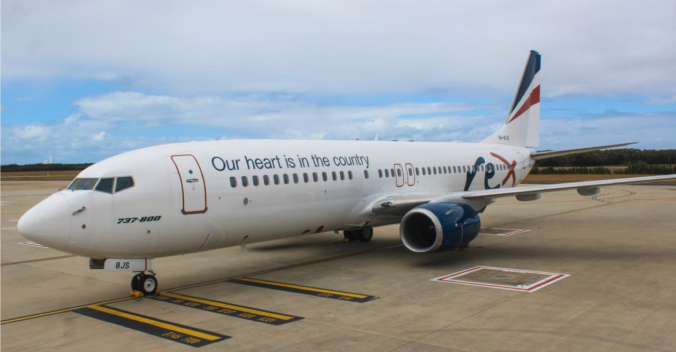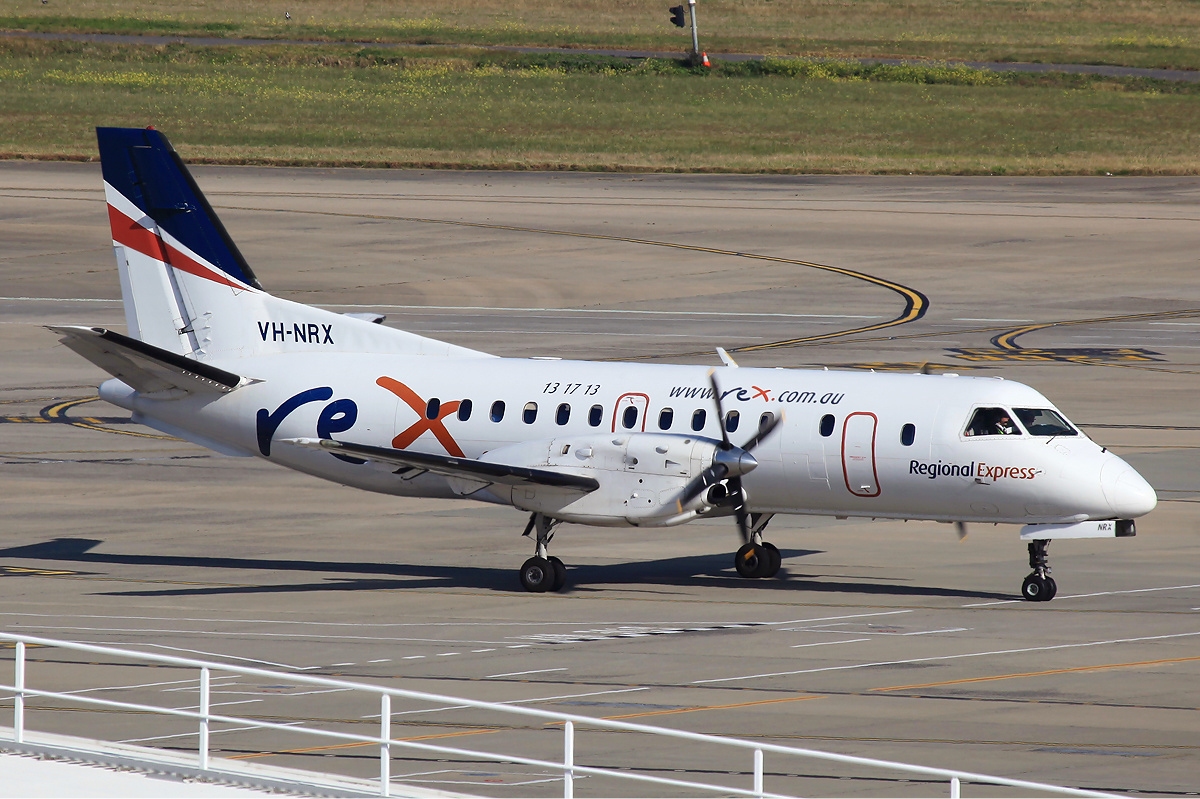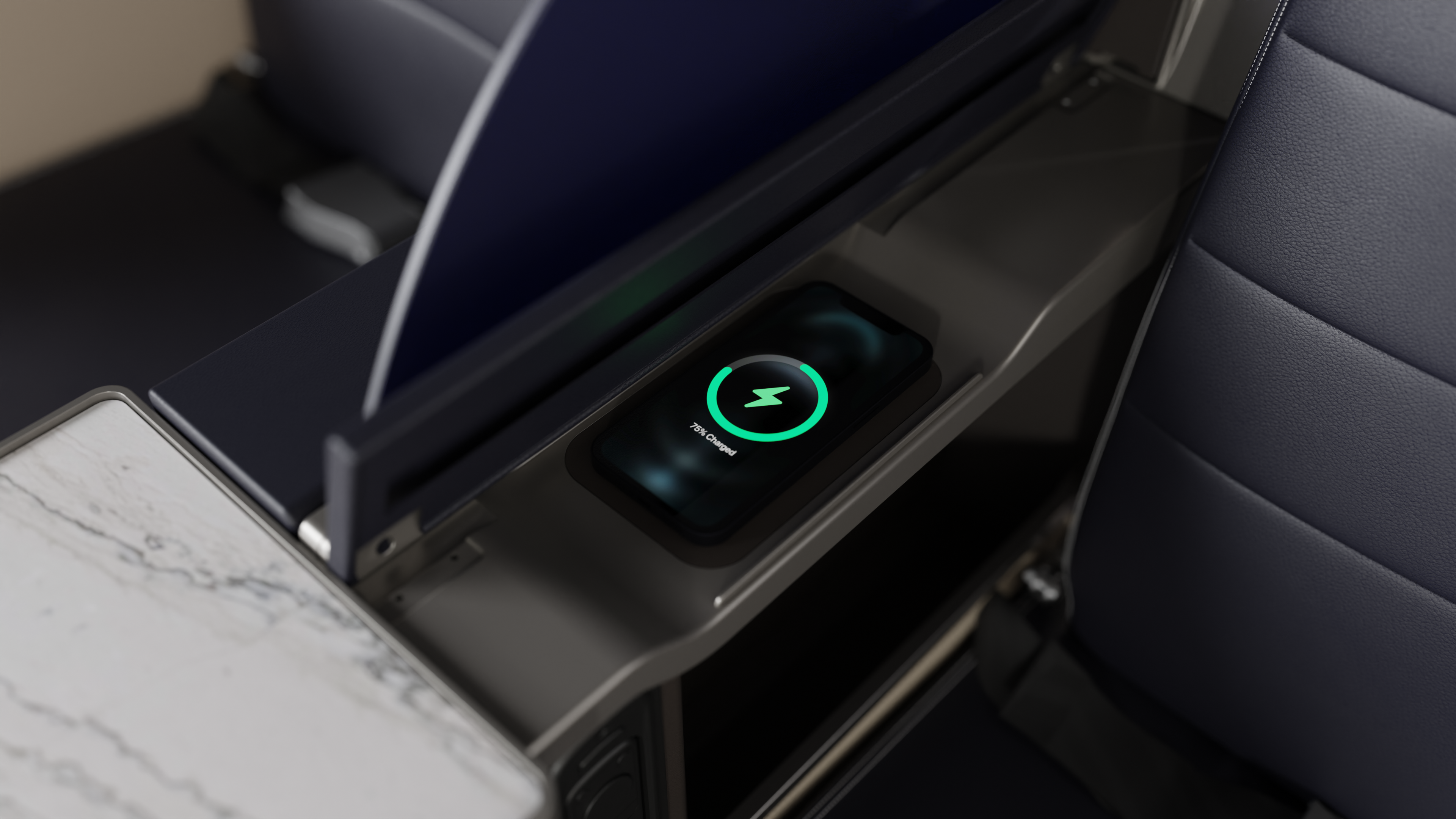Tag: NG
Regional Express Group (Rex) has revealed that it has submitted a response to the Request for Information (RFI) issued by the Australian Antarctic Division (AAD) as a precursor to Rex’s intention to be the next aerial operator of the Australian Antarctic Program.
The Program is the most ambitious ever in AAD’s history and looks at bringing together all the highly specialised aerial operations under one operator’s command. The Program calls for significantly expanded capabilities comprising one large intercontinental passenger jet capability, four intracontinental turbo-prop aircraft able to operate on skis, four twin-engine helicopters which can operate both on land and on the Division’s flagship the RSV Nuyina, plus a significant scaling up of Uncrewed Aerial System (UAS) capability for the Division’s operations during the Antarctic Austral Summer (October to March).
Recognising the unique challenges of operating in the Antarctic environment, Rex has assembled an Antarctic Advisory Panel (AAP) comprising the foremost experts in this field with in-depth and practical knowledge of actual aerial operations to the Antarctic as well as design expertise on adapting aerial platforms with skis suitable for landing on unprepared terrain on the Antarctic Continent.
The AAP has guided Rex’s response to the RFI and will spend the next five months preparing the optimal solution ahead of the Request for Tender expected in November this year.
Rex intends to lead a consortium of industry partners that will operate some aspects of the Program that require more specialised expertise.
Rex is Australia’s largest independent regional and domestic airline operating a fleet of 58 Saab 340 and 7 Boeing 737-800NG aircraft to 57 destinations throughout all states in Australia. In addition to the airline Rex, the Rex Group comprises wholly owned subsidiaries Pel-Air Aviation (air freight, aeromedical and charter operator), the Australian Airline Pilot organisation, Australian Aerospace Propeller Maintenance. Rex is also a 50% shareholder of National Jet Express (NJE), a premier Fly-In-Fly-Out (FIFO), charter and freight operator.
Chicago, Illinois, July 12, 2023 /PRNewswire/ – United Airlines (NASDAQ: UAL) today introduced a new domestic first class seat that includes a wireless charging station in every arm rest. The new United First® seat – which also features vegan leather upholstery, 13-inch seat back screens and 18-inch tray tables, Bluetooth connectivity, privacy screens and an ergonomist-designed cushion – debuts on its first 737 this month, and customers will continue to see it rollout this summer. The airline expects the new seat to be on 200 domestic planes by 2026, including 737 NG’s, A321neo’s and 737 MAX’s.
Passengers can quickly charge their multiple electronic devices at once with three types of charging docks in each seat – wireless, AC household-style outlet and USB-C. The wireless charger is located in a compartment of the armrest to give the passenger line-of-sight to notifications and free their hands and tray table.
A growing number of customers prefer a two-screen experience where they use a personal device and a seatback screen simultaneously, so United is upleveling the experience. The 13-inch, high-definition screens are Bluetooth capable and include a remote for those unable to reach the touch screen.
Designated space for devices, food, drinks and more make it easier for passengers to enjoy the full experience. A larger, 18 x 8.5 inch tray table features a built-in tablet holder and enough space for most standard laptops. With authentic Italian quartzite cocktail tables and bottle holders between each seat, passengers don’t have to balance gadgets, drinks and snacks on one tray table.
In the large seats upholstered with vegan leather, passengers will experience more privacy with a 11 x 19-inch divider between neighbors, winged headrests and tray tables that deploy from outer armrests to reduce passenger contact. The seat features a 5-inch recline range, adjustable aisle arm rest that lowers completely and an ergonomist-designed seat cushion that sits 1-inch lower to accommodate a wider variety of heights
In addition to installing the new seats, United will update existing domestic first class seats on more than 200 planes by 2025. United First seats on select 737, A319 and A320 aircraft will be redesigned with new seat cushions, vegan leather upholstery and winged headrests.
The announcement marks United’s first update to domestic first class seat design since 2015. The new United First seat was built with a team of experts, including United’s engineering and inflight teams, University of Michigan biomechanics researcher Dr. Matthew Reed and design firm Priestman Goode.
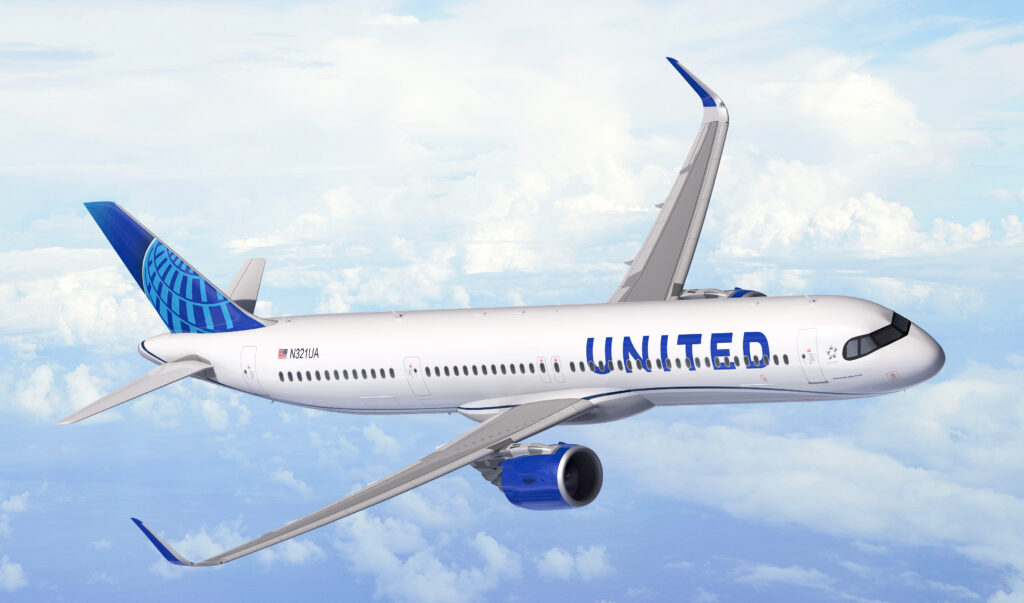
(Reuters) – The crash of a Boeing Co 737 MAX jet in Indonesia on Oct. 29 has raised questions on whether the manufacturer shared enough information with regulators, airlines and pilots about the systems on the latest version of its popular narrow-body plane.
The jet operated by budget carrier Lion Air crashed into the Java Sea shortly after take-off from Jakarta, killing all 189 people on board.
WHAT IS NEW ON THE 737 MAX?
The most hyped features of the 737 MAX compared with its predecessor, the 737NG, are more fuel-efficient engines.
But as a result of the larger engines, which are placed higher and further forward of the wing, the jet’s balance changed. To address that, Boeing put in place more anti-stall protections, Leeham Co analyst Bjorn Fehrm said in an online post.
An automated protection system called the Maneuvering Characteristics Augmentation System (MCAS) kicks in when the angle of attack is too high, when the plane’s nose is too elevated, threatening a stall.
WHAT IS ‘ANGLE OF ATTACK’?
On paper, it measures the angle between the air flow and the wing. But it is so fundamental to flight that historians say the only instrument on the Wright Brothers’ first aircraft was a piece of yarn designed to measure it.
If the angle of attack is too high, the airflow over the wing is disturbed, throwing the plane into an aerodynamic stall.
One of two angle of attack sensors on the Lion Air jet was faulty, according to Indonesian investigators.
The U.S. Federal Aviation Administration (FAA) last week warned airlines that erroneous inputs from those sensors could lead the jet automatically to pitch its nose down even when autopilot is turned off, making it difficult for pilots to control.
WHICH AIRLINES OPERATE THE 737 MAX?
Boeing has delivered 241 of the jets to customers since it entered service last year, according to its website.
Major operators include Southwest Airlines, American Airlines, Norwegian, Lion Air, Air Canada, China Southern, China Eastern and flydubai.
Another 4,542 have been ordered but not yet delivered.
WHAT DID AIRLINES AND PILOTS KNOW ABOUT THE SYSTEM?
Lion Air’s flight manual did not contain information about the new anti-stall system, according to investigators and an airplane flight manual seen by Reuters. U.S. pilots were also not made aware in training courses, pilot unions say.
American Airlines said it was “unaware” of some of the functionality of the MCAS system. [L4N1XQ23Q]
Boeing Chief Executive Dennis Muilenburg told Fox Business Network on Tuesday that Boeing provides “all of the information that’s needed to safely fly our airplanes”.
HOW WOULD A PILOT SHUT OFF THE SYSTEM?
Pilots can stop the automated response by pressing two buttons if the system behaves unexpectedly, the FAA says.
That action is set out in a checklist used by Lion Air pilots for in-air troubleshooting, an instructor said. It is also required to be committed to memory by pilots.
Pilots on a flight from Jakarta to Bali the day before the crash experienced a similar sensor issue but managed to land safely by turning off the system, the New York Times reported.
HOW WAS THE SYSTEM APPROVED?
The FAA holds the main responsibility for certifying Boeing jets and training programs for pilots, but local regulators also issue approvals for airlines based in their countries.
An unresolved question is how Boeing measured the system’s reliability and on what basis the FAA certified it as safe.
HOW ARE PILOTS TRAINED?
An FAA document on training requirements for 737 MAX pilots transitioning from the older 737NG has no reference to the new anti-stall system.
Lion Air says it followed a training regime approved by U.S. and European regulators. The training was restricted to three hours of computer-based training and a familiarization flight.
However, Brazil’s regulator told Reuters that it had required specific training for pilots on the anti-stall system.
WHAT HAS CHANGED SINCE THE CRASH?
Boeing last week issued a bulletin to airlines reiterating existing procedures and advising them to add information on the anti-stall system to flight manuals, which was quickly followed by an FAA directive making that mandatory.
The FAA and Boeing are studying the need for software changes, as well as revisions to training and operating procedures on the 737 MAX, the regulator said.
A preliminary report will be released on Nov. 28 or 29, according to Indonesian investigators. However, divers have yet to locate the airline’s cockpit voice recorder, which would shed light on pilot interactions that are important for gaining a fuller picture of the circumstances of the crash.
(Reporting by Jamie Freed in Singapore, Tim Hepher in Paris, David Shepardson in Washington, Eric M. Johnson in Seattle, Tracy Rucinski in Chicago and Marcelo Rochabrun in Sao Paolo; Editing by Dan Grebler)
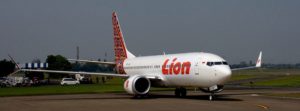
Image from www.boeing.com
